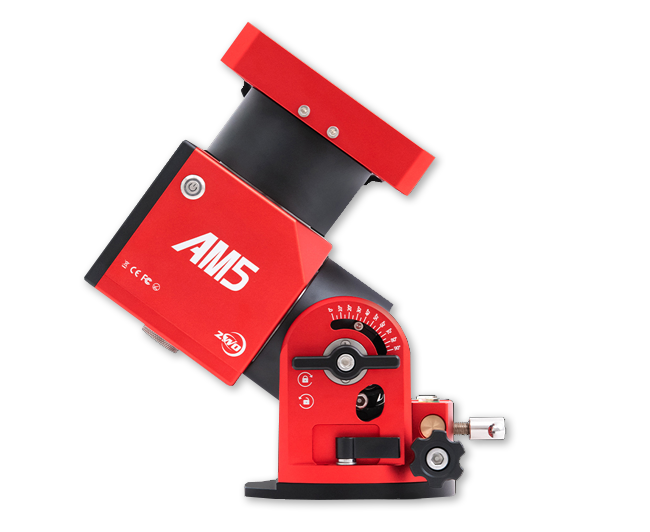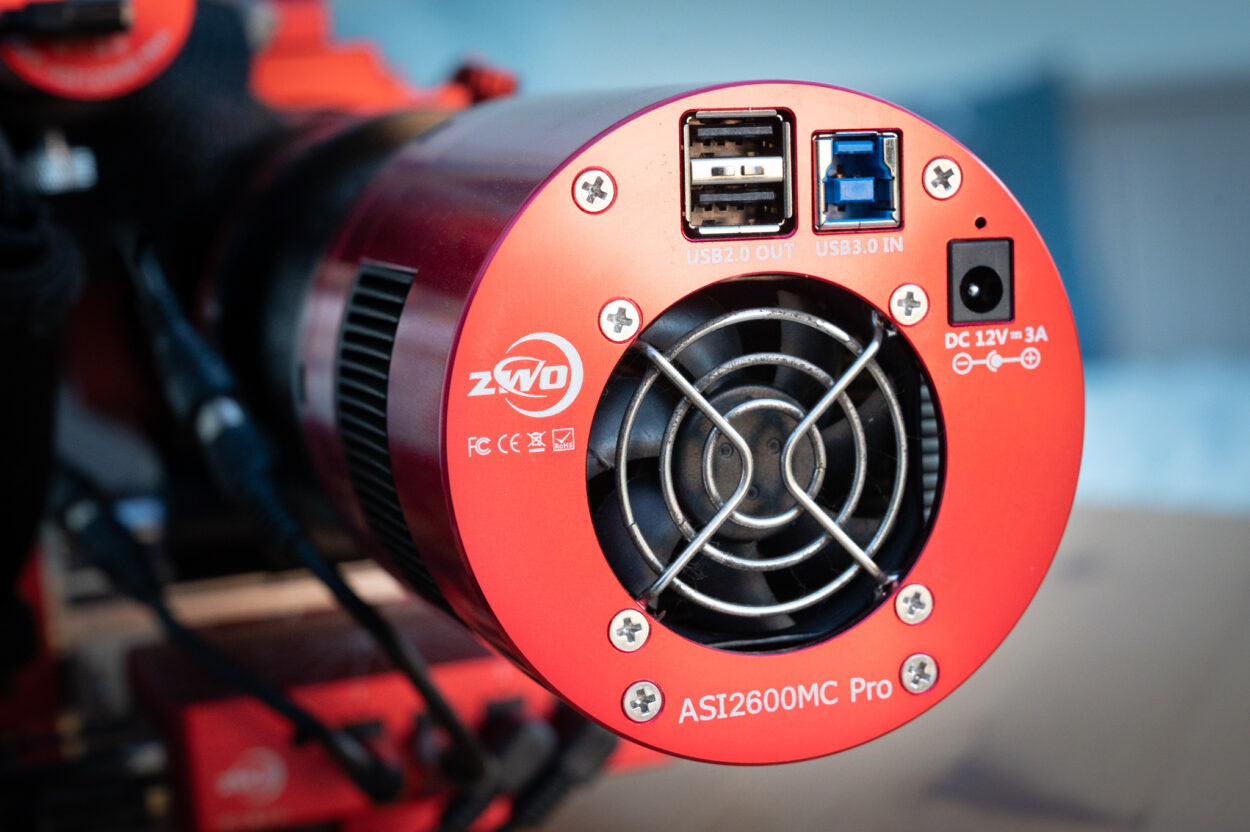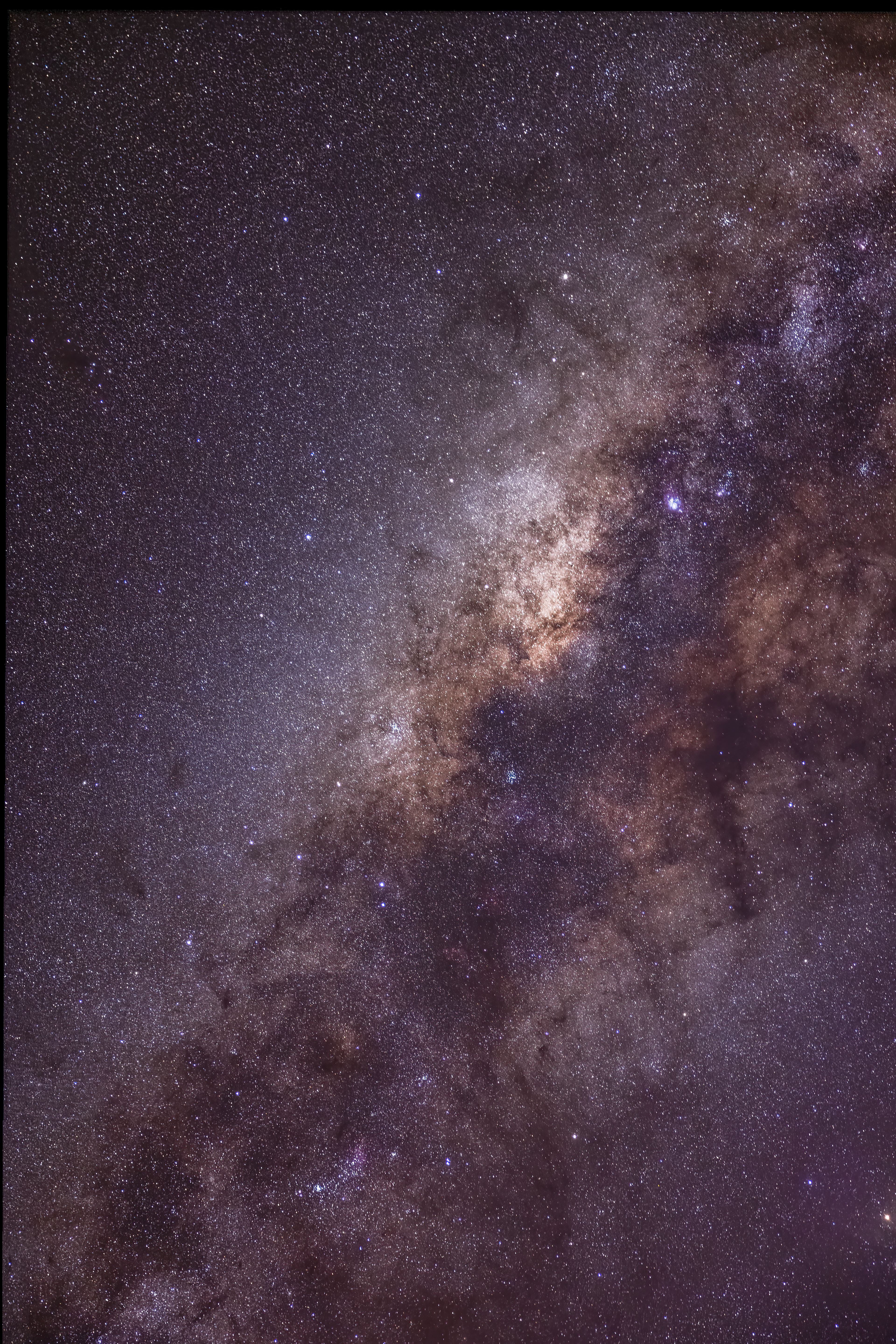
ZWO FF107 Telescope

William Optics FLT91 Telescope

Askar FMA230 Telescope

ZWO AsiAir Plus

Ioptron CEM40 Equatorial Mount

ZWO AM5 Harmonic Mount

Skywatcher HEQ5 Pro Equatorial Mount

ZWO AM5 Harmonic Mount & Tripod

ZWO Electronic Automatic Focuser

ZWO ASI2600MC Pro Camera

ZWO ASI6200MC Pro Camera

ZWO ASI183M<C Peo Camera

ZWO ASI120MC Guide Camera

ZWO ASI290mm Guide Camera

Optolong Filters

Antlia Filters

ZWO Filter Wheel



Milky Way at Karijini Eco Retreat



Milky Way at Karijini Eco Retreat


Astrophotography Setup 1
Astrophotography Setup 1
Astrophotography Setup 2
Astrophotography Setup 2
Astrophotography Setup 3
Astrophotography Setup 3
southern tadpole nebula ngc3572 & statue of liberty nebula ngc 3576 (march 2023)
tarantula nebula ngc 2070 (march 2023)
Tarantula Nebula Objects Location Image
tarantula nebula ngc 2070 (march 2023)
eta carina nebula ngc 3372 (march 2023)
running chicken nebula ic 2944 (17, 18, 20 march 2023)
Rosette nebula ngc 2244 (17, 18, 19, 20 march 2023)
the fighting dragons of ara ngc 6188 (18, 19, 20, 22 april 2023)
eta carina nebula ngc 3372 (may/june 2023)
Image captured in the southern hemisphere at a Bortle 9 location with a dual narrow band filter. Mosaic image consists of 4 panels, each of 120 x 5 minutes subframes over several nights. Original processed image size in TIFF format is 340MB with the one shown here is 36MB of JPEQ format.
The Gum Nebula (Gum 12) is an emission nebula that extends across 36° in the southern constellations Vela and Puppis. Widely believed to be the greatly expanded (and still expanding) remains of a supernova that took place about a million years ago.
the fighting dragons of ara ngc 6188 & dragons egg ngc 6164 (22, 23, 24, 31 july/ 1, 3, 4, 5 august 2023)
Image above shows the locations of the Dragons Egg and the two Fighting Dragons of Ara!
Eagle Nebula M16 (5, 6, 7, 11, 12, 13, 14 August 2023)
Eagle Nebula M16 In SHO Hubble Palette (5, 6, 7, 11, 12, 13, 14 August 2023)
The Stellar Spire & The Pillars of Creation Within The Eagle Nebula (August 2023)
Deep Sky Objects Location Map of the Milky Way
wide field starless version of omega nebula M17 in SHO Hubble palette (17, 18, 19, 20, 24 august 2023)
another version of omega nebula M17 in SHO Hubble palette using the antlia 5nm ha + oiii and hb + sii narrow band filters (17, 18, 19, 20, 24, 25, 29, 30, 31 august 2023)
tarantula nebula ngc 2070 in H-o-o palette(november 2023)
tarantula nebula ngc 2070 in H-S-oHb palette(november 2023)
wide field image of lagoon nebula M8, trifid nebula m20 & NGC 6559 (september/october 2023)








